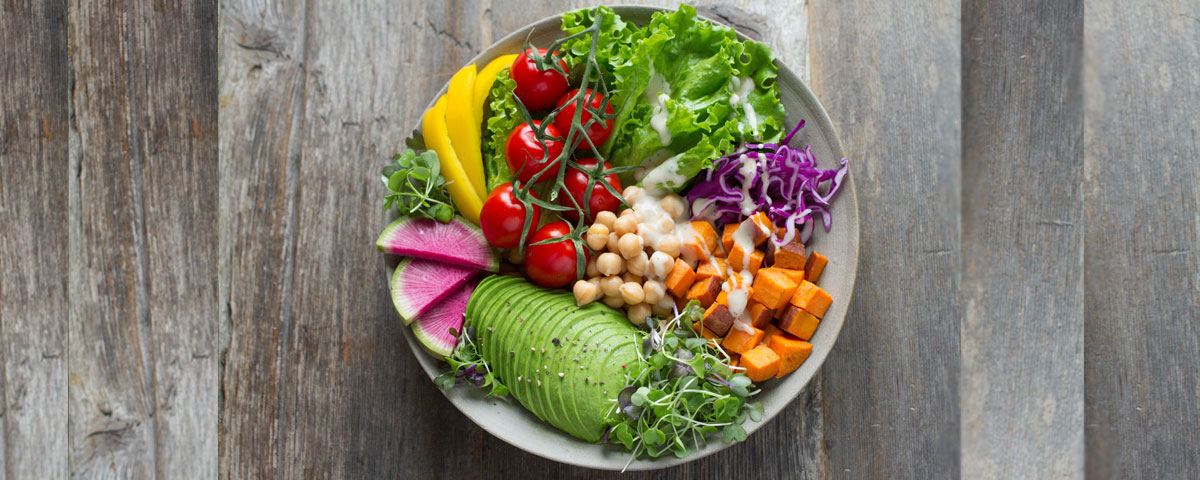Food of the future: what changes will we see on our tables in the coming years?

The food industry is a constantly evolving sector. Many changes occur due to technological innovations, new market needs or climate change. Anticipating new trends to predict what food we will be eating in future can be difficult. There are many articles regarding new products that we will see on our tables. However, they all seem to agree on one aspect: we will be enjoying a greater variety of foods in the future.
A study carried out in collaboration with the WWF focuses particularly on plants, enhancing the varieties that have so far been less exploited. Nowadays, our diet is based on a very small group of foods. In fact, 75% of the world’s food supply comes from only 12 plant species and 5 animal species. When it comes to cereal, 3 of these types (rice, corn and wheat) alone constitute the source of almost 60% of the calories in our diet.
This tendency to favour an extremely small number of edible products has led to the neglect of many other varieties that can represent a valuable source of nutrition, especially in terms of vitamins and minerals.
For this reason, the study presents a list of 50 nutritious products (with low environmental impact), which are already accessible although hardly used. Let’s look at the main ones together.
- Algae, already used in some oriental dishes, will probably also be introduced in our kitchens. They are rich in nutrients, protein, and are an excellent source of antioxidants.
- Legumes are an excellent source of protein and fibre, while they are very low in fat. They contain a fair amount of mineral salts and B vitamins. Furthermore, they are very versatile in the kitchen and generally easy to store. Varieties with growing potential include beans, soybeans, black beans, eye beans, but also lentils.
- One can undoubtedly be surprised to see cactus also on this list. However, among these plants, mostly famous for their decorative purpose, some edible varieties are exploited, for example, in Mexican cuisine. Thanks to their ability to store water and grow even in arid climates, they are easy to cultivate. Moreover, they contain a large amount of vitamins C and E, fibre, amino acids, as well as carotenoids.
- Cereals have always been the most important basis for the human diet. However, due to health and sustainability reasons, it is necessary to diversify the source of vegetable carbohydrates, compared to the most common ones (wheat, rice and corn). In fact, it is recommended to choose less popular types such as buckwheat, amaranth, fonio, Khorasan wheat, quinoa, spelt and others.
- Fruit consumed as vegetables. Even if they are considered fruits in botany, these products can be cooked as if they were vegetables. They are often sweet and contain more carbohydrates and water than vegetables. The most classic examples are tomatoes, aubergines and courgettes. Foods expected to grow in popularity, include pumpkin flowers, orange tomatoes and okra.
- The versatile and nutritious leafy vegetables are rich in fibre, vitamins and minerals, all with very few calories. Future foods include chard, “friarielli” (or turnip greens), moringa, and red cabbage.
- Edible mushrooms: there are more than 2,000 varieties in the world. Loved for their flavour, they are also nutritious. In fact, they are rich in vitamins B and D, as well as protein and fibre – although you can’t really compare them to vegetables. Mushrooms also have the advantage of growing on land where no other varieties of plants would grow.
- Nuts and seeds, rich in protein and vitamin E, also offer a flavour and texture that make them particularly enjoyable. However, we consume very few of the many varieties available. Among the products with the highest potential are flax seeds and sesame seeds.
- Tubers are rich in vitamins, minerals and carbohydrates, and represent a precious source of energy. In addition, they are resistant crops both during the cold season and in the driest climates. The following are some tubers that could develop more: black salsify, parsley root, lotus root, purple yam or ube, Mexican potatoes or jícama, and sweet potatoes.
- Springs: the sprouting process doubles, and in some cases triples, the nutritional value of the plant. For this reason, products such as Alfalfa sprouts, borlotti bean sprouts, and chickpea sprouts could appear on our tables.
McCormick has always been at the side of those working in the agricultural sector to meet the great challenges of today and tomorrow with cutting-edge solutions and efficient technologies.
Discover all the technologies available in McCormick tractors:
